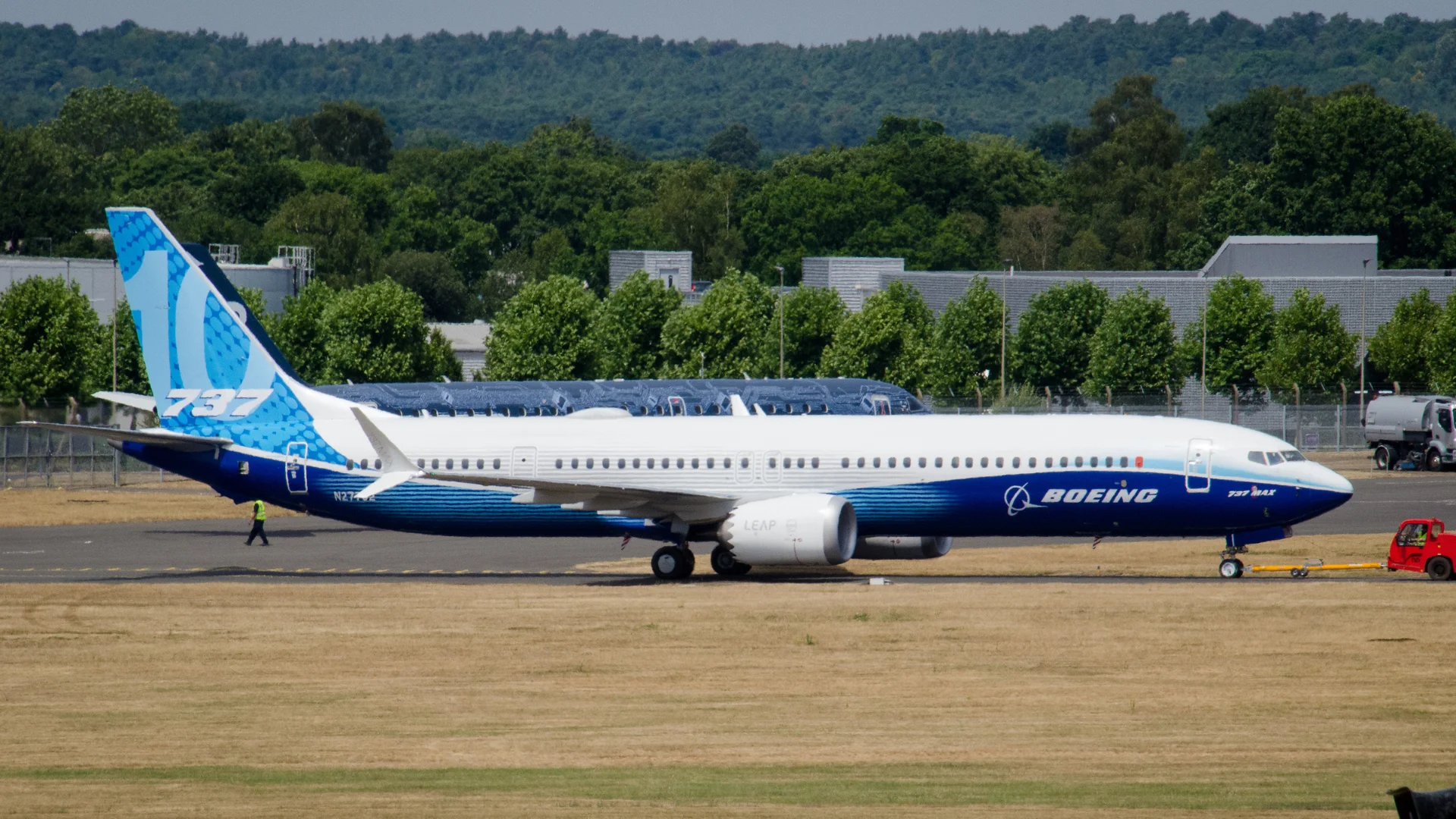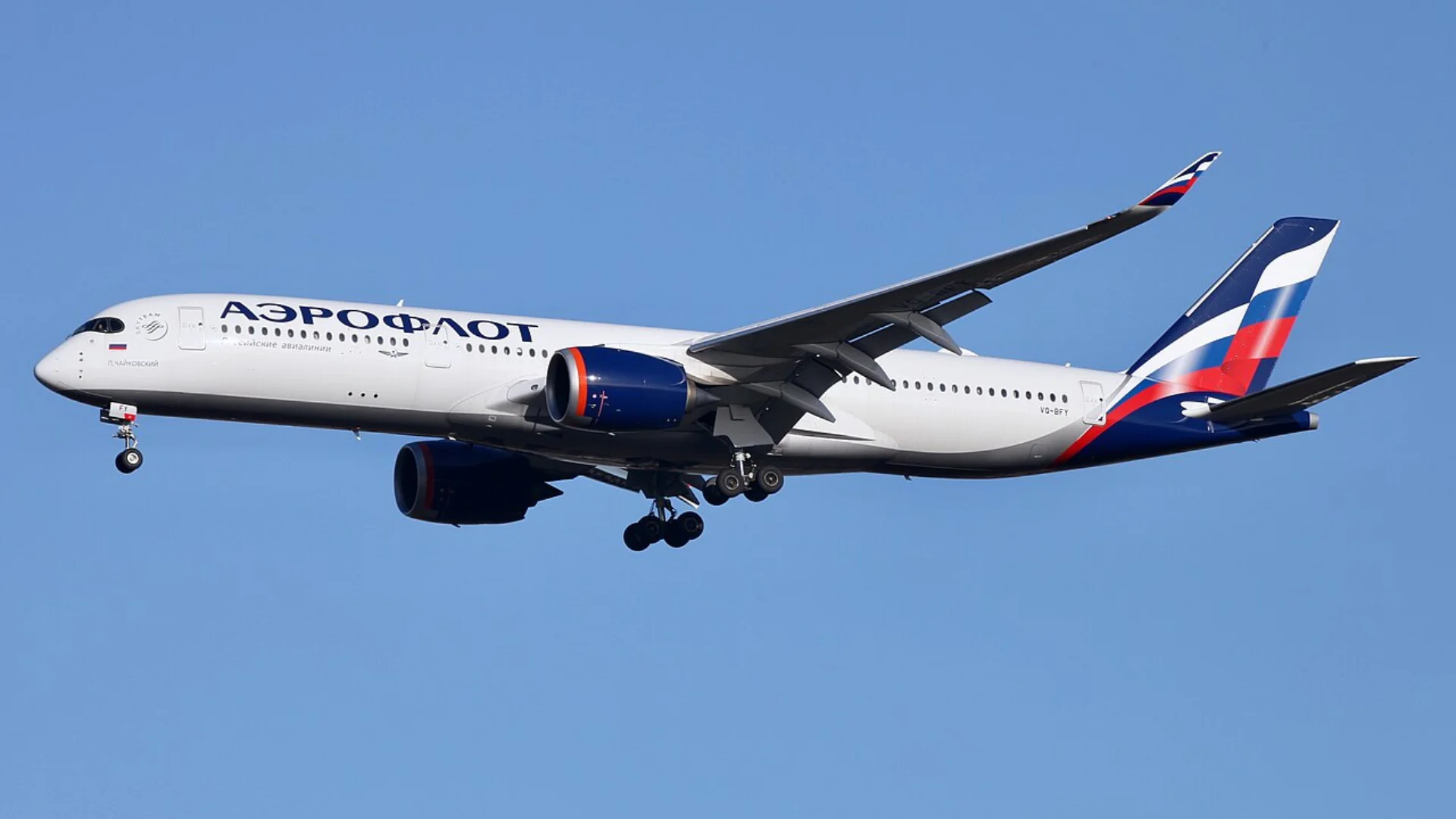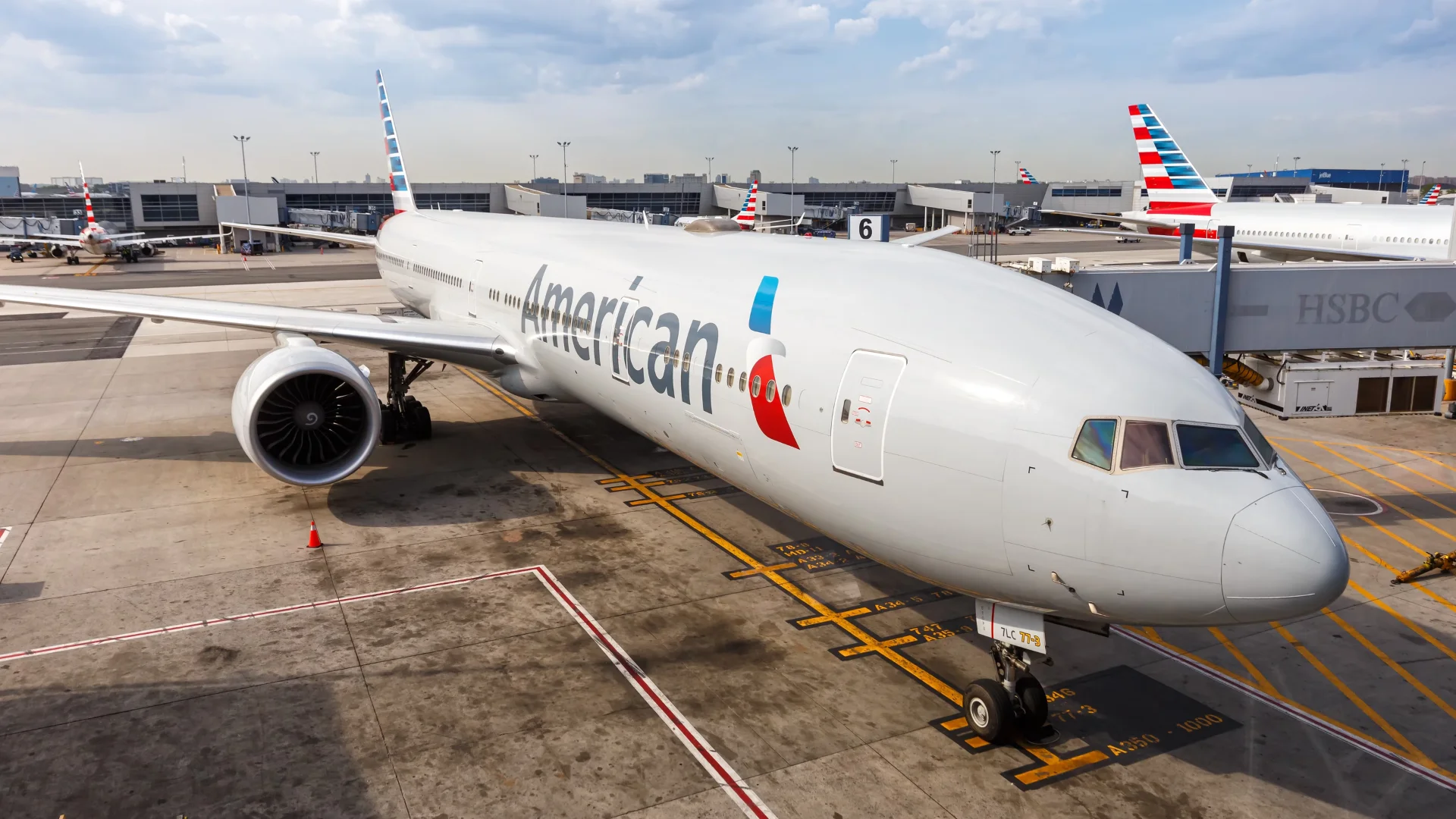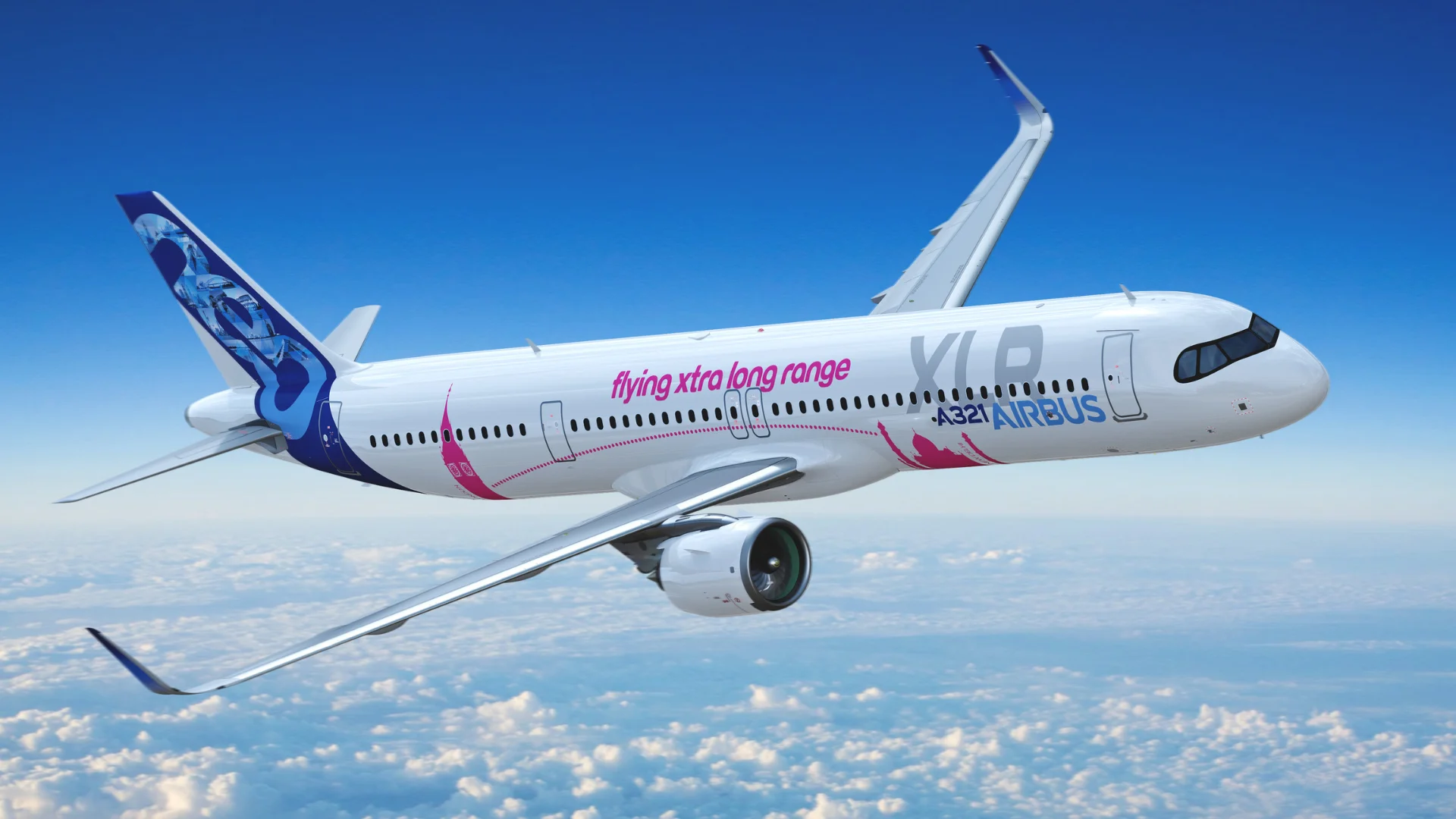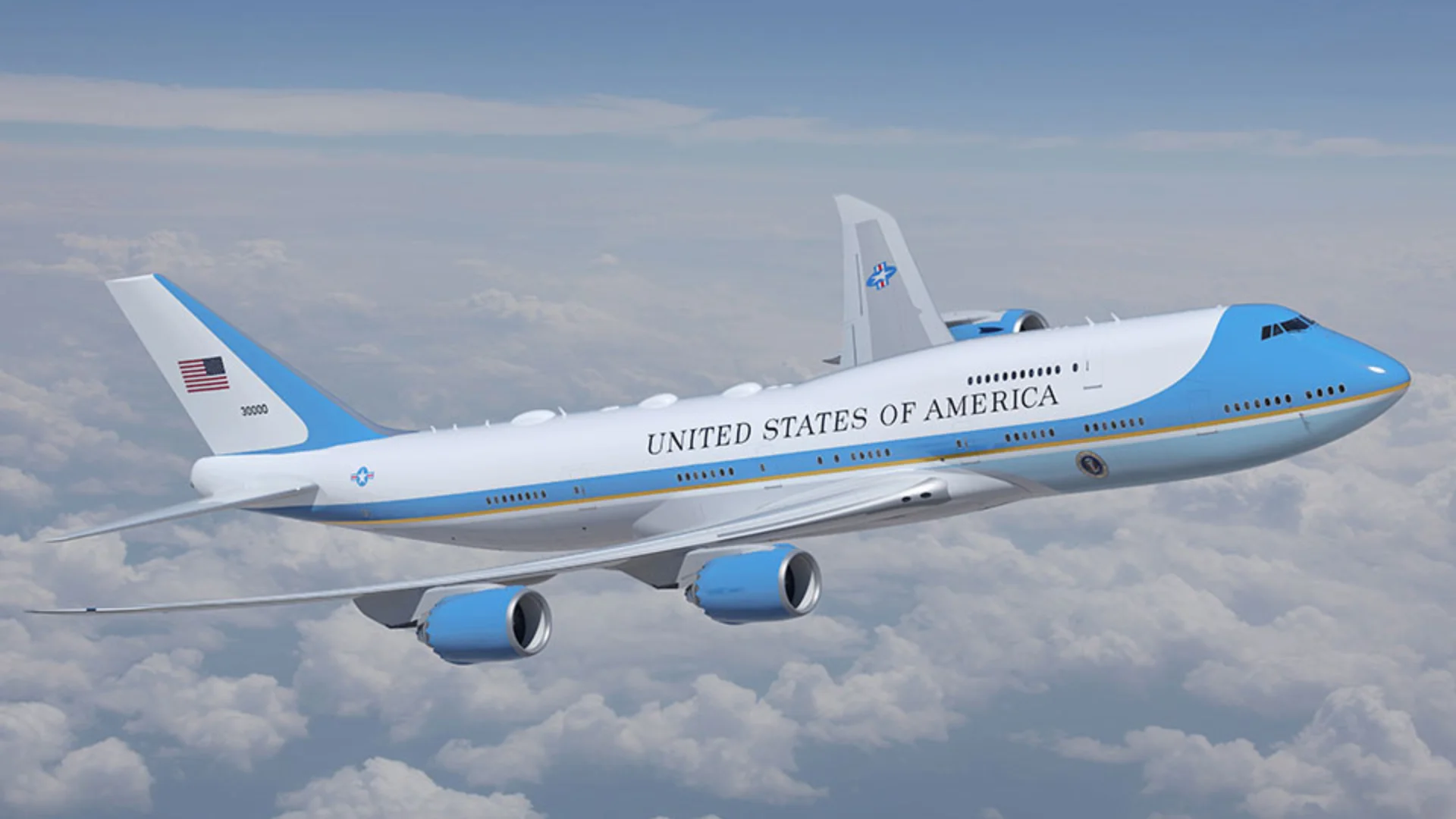As commercial aircraft ascend into the atmosphere, they encounter a thinner environment that provides certain aerodynamic advantages, such as reduced air resistance. Nonetheless, there are limitations that prevent commercial planes from ascending indefinitely. This report delves into the factors influencing aircraft altitude limits.
Most commercial aircraft today function optimally between 35,000 feet and 42,000 feet above sea level, which translates to roughly 6.6 to 8 miles above the Earth's surface. For comparison, Denali in Alaska stands at 20,310 feet, while Mount Everest, the highest peak globally, reaches 29,029 feet. Aircraft pressurization plays a crucial role in ensuring passenger safety and comfort at high altitudes.
Modern advancements allow commercial jets to pressurize cabins to altitudes comparable to 6,000 to 8,000 feet. Thus, passengers experience comfortable conditions despite the outside environment. However, above 26,000 feet, known as the "death zone" for mountaineers, additional oxygen becomes essential. Commercial aircraft engines can operate up to 42,000 feet, but beyond this, they encounter sparse oxygen, leading to potential operational issues.
 Alerts Sign-up
Alerts Sign-up
































